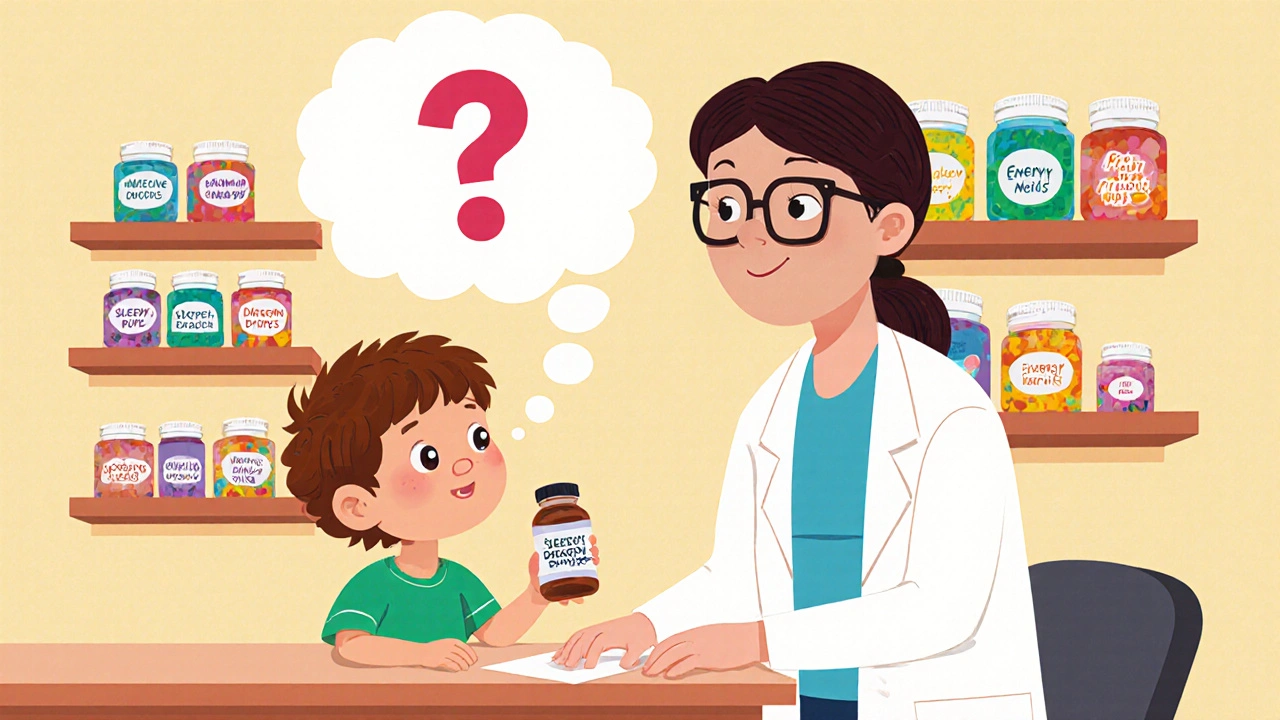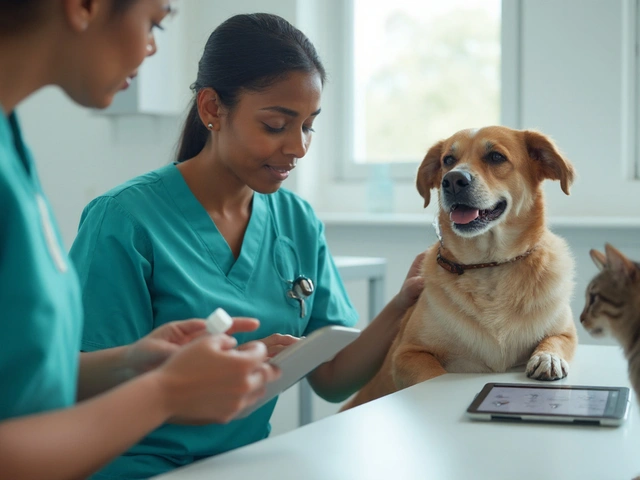Drug Interactions: What You Need to Know Before Taking Multiple Medications
When you take more than one medication, your body doesn’t just process them separately—it sees them as a mix, and that mix can change how each one works. This is what we call drug interactions, when two or more drugs affect each other’s effectiveness or safety in the body. Also known as medication interactions, they can make a drug stronger, weaker, or even turn a harmless pill into something dangerous. It’s not just about prescription drugs either. Over-the-counter painkillers, vitamins, herbal supplements, and even foods like grapefruit can change how your meds work.
Some drug interactions, happen when one drug blocks or speeds up how your liver breaks down another. Also known as pharmacokinetic interactions, these are behind why grapefruit can make statins risky or why grapefruit juice can push warfarin levels into dangerous territory. Other types, called pharmacodynamic interactions, occur when two drugs act on the same part of your body and amplify each other’s effects. Also known as drug effect interactions, this is why mixing sedatives with alcohol can slow your breathing to a dangerous level. These aren’t rare edge cases—they show up in everyday use. Metoclopramide can trigger permanent movement disorders. Folic acid isn’t optional when you’re on methotrexate. Even kombucha’s tiny alcohol content can mess with meds if you’re sensitive.
What’s scary is how often people don’t realize they’re at risk. You might take your blood pressure pill, your cholesterol med, and a daily supplement—all without telling your doctor. Or you switch to a generic version, assuming it’s identical, not knowing that narrow therapeutic index drugs like warfarin or thyroid meds need extra care. That’s why therapeutic drug monitoring, a process that checks blood levels to make sure drugs stay in the safe range. Also known as TDM, it’s not just for hospitals—it’s a lifeline for people on generic NTI drugs. And it’s not just about what you take—it’s about how you store it. Emergency meds like epinephrine or naloxone need to be accessible in a crisis but locked away from kids and thieves. That balance matters.
There’s no single checklist that covers every possible interaction, but knowing the big ones helps. If you’re on blood thinners, watch for NSAIDs and herbal stuff like ginkgo. If you’re taking GLP-1 agonists for weight loss, nausea isn’t just annoying—it’s a sign your body is struggling. And if you’re using any medication long-term, don’t assume it’s safe forever. Your body changes. Your other meds change. Even your diet changes.
Below, you’ll find real, practical guides on the most common and dangerous interactions people face. From grapefruit and statins to warfarin support groups, from methotrexate and folic acid to how to keep emergency meds safe—these aren’t theoretical. They’re stories from people who learned the hard way, and the advice that kept them alive.





